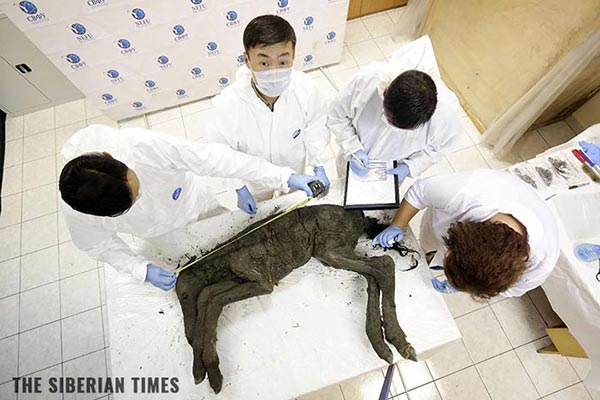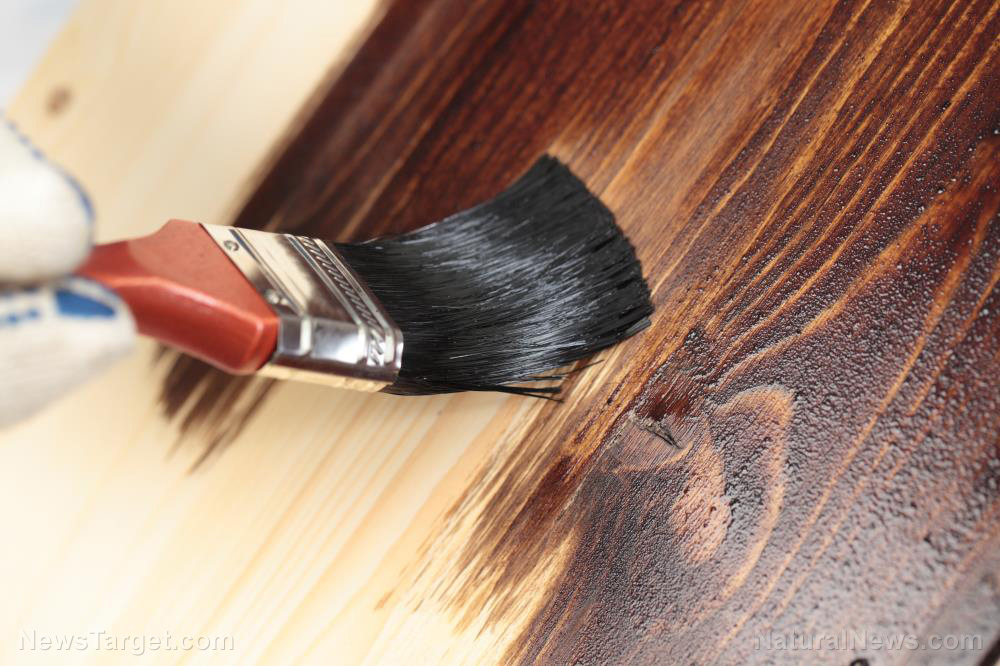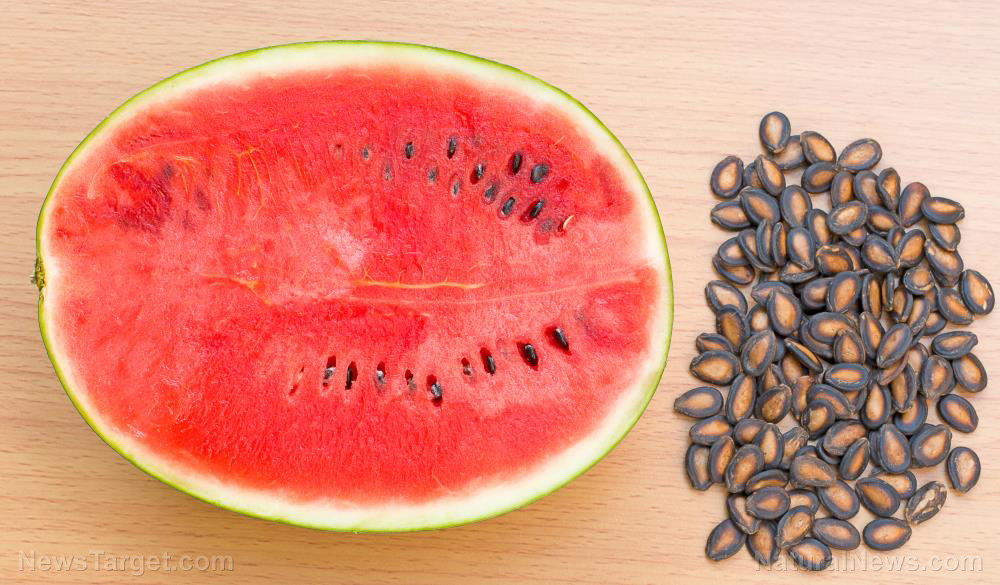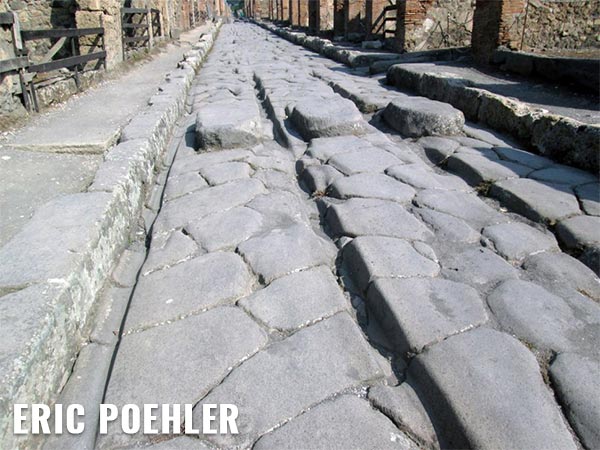Strange ring-shaped objects made from cereal and found in a Bronze Age dig site could have been used in ancient rituals, researchers find
01/25/2020 / By Michael Alexander
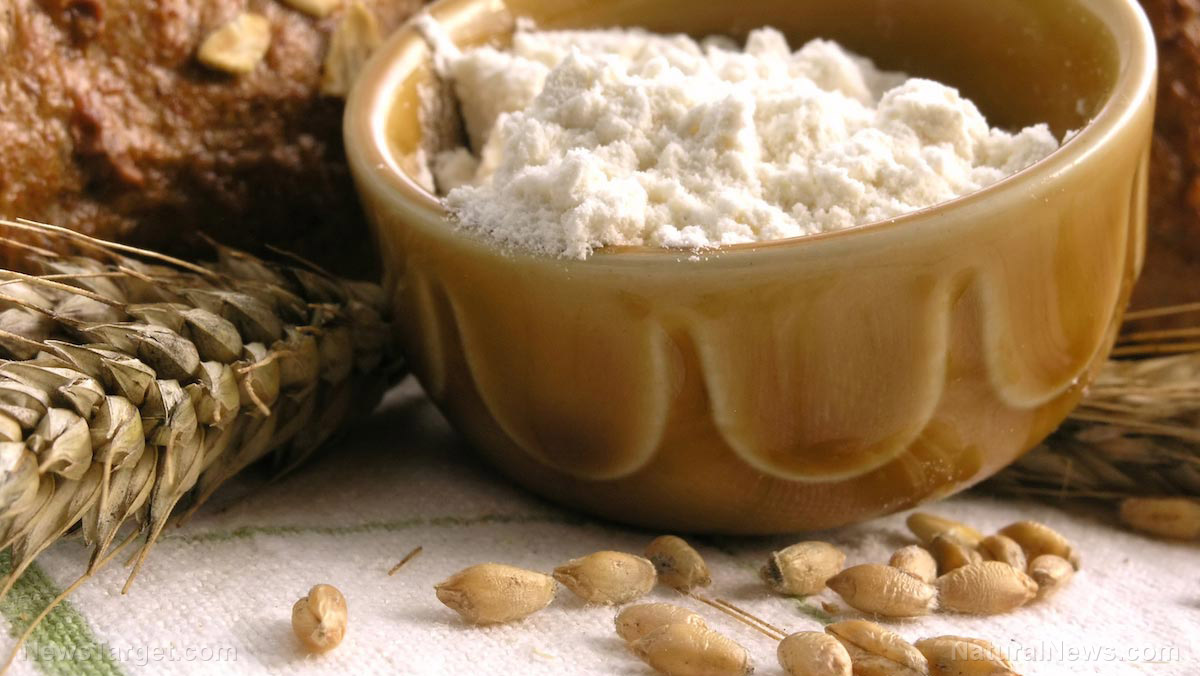
While ancient agricultural practices are well-documented in the archaeological record, the same can’t be said for food preparation and production. This can be attributed to the relative rarity of extensive texts on the subject — best exemplified by the classical text “De re coquinaria” (On The Subject of Cooking), which has been attributed to the Roman writer and gourmet Marcus Gavius Apicius, and the ancient Arabic text “Kitab al-?ab??” (The Book of Dishes) by ancient historian and writer Ibn Sayyar al-Warraq ?– as well as the fact that any foodstuff prepared by the ancients would have easily rotted away over time.
This relative rarity of food preparation records thus make the recent developments on a 40-year-old discovery at a Bronze Age hill all the more important. The discovery in question? Dough rings.
As published in the journal PLOS One, archaeologists and researchers led by Andrea Heiss of the Austrian Archaeological Institute said the items, described as looking like “mini bagels” or “ancient Cheerios,”? were first discovered during a dig at one of the cereal storage pits in the Bronze Age hill fort site of Stillfried an der March in eastern Austria in 1978.
The area, which covers roughly 54 acres of land near the Slovakian border, was once used as a major trade post during the late Bronze Age, Heiss said in an interview with Newsweek.
As per the details of the study, upon analysis of the items using both light and scanning electron microscopy, as well as radiocarbon dating, the researchers found that the rings, which ranged in size from roughly one to one-and-a-half inches in diameter, were actually made of fine barley and wheat flour and water, and that they were simply dried instead of baked. This painstaking process, as well as the absence of salt or any dairy product in the mix is markedly different from the other cooking methods used for other food items found in similar Bronze Age sites in places such as Italy, Sweden and Switzerland, thus leading the researchers to suggest the idea that the “ancient Cheerios” were, in fact, not made for eating.
“Their finely ground flour and intentional shaping certainly indicate that more time was invested in their production than necessary for subsistence,” the researchers highlighted in their report, adding that the rings may therefore have held higher value compared to the other cereal preparations described from the area. (Related: Food residues from 500-year-old pottery in Northamptonshire suggest medieval peasant diets were healthier than modern ones.)
The researchers also noted in their study that the items bore resemblance to similarly shaped clay items known as loom weights, which were used by weavers to keep their threads taut when weaving textiles. This, the researchers said, lends credence to their theory that the 2,000-year-old items could have been used for ritualistic purposes, especially since late Bronze Age settlements often used loom weights as grave goods ?– items buried with the dead to ease their passage in the afterlife.
Heiss, in his Newsweek interview, also pointed out that the latest findings can help expand the list of ways that cultures from the Bronze Age used cereal products for purposes other than eating.
“Although the purpose of the dough rings is currently not known, they can certainly serve as a document of a much more variable—and perhaps playful— prehistoric cuisine than had previously been thought,” Heiss said.
Sources include:
Tagged Under: achaeology, agriculture, ancient history, artifacts, bronze age, cereal, cereal products, discoveries, food preparation, history, real history, research, rituals
RECENT NEWS & ARTICLES
COPYRIGHT © 2018 REALHISTORY.NEWS
All content posted on this site is protected under Free Speech. RealHistory.news is not responsible for content written by contributing authors. The information on this site is provided for educational and entertainment purposes only. It is not intended as a substitute for professional advice of any kind. RealHistory.news assumes no responsibility for the use or misuse of this material. All trademarks, registered trademarks and service marks mentioned on this site are the property of their respective owners.




